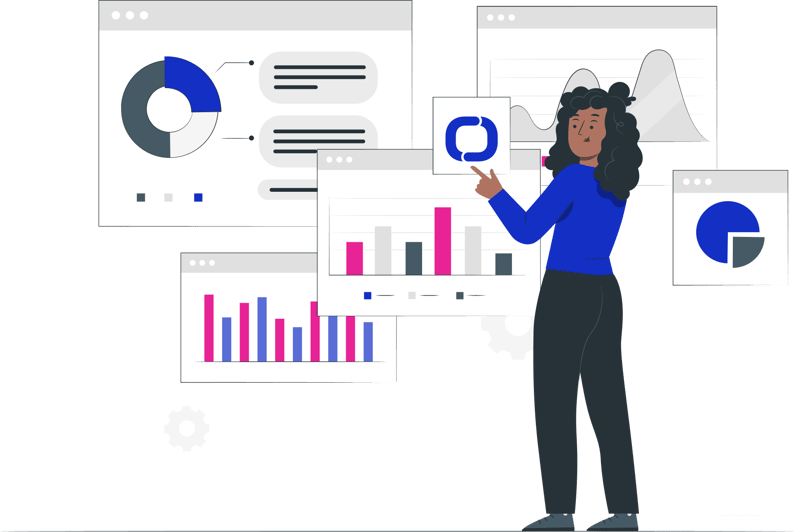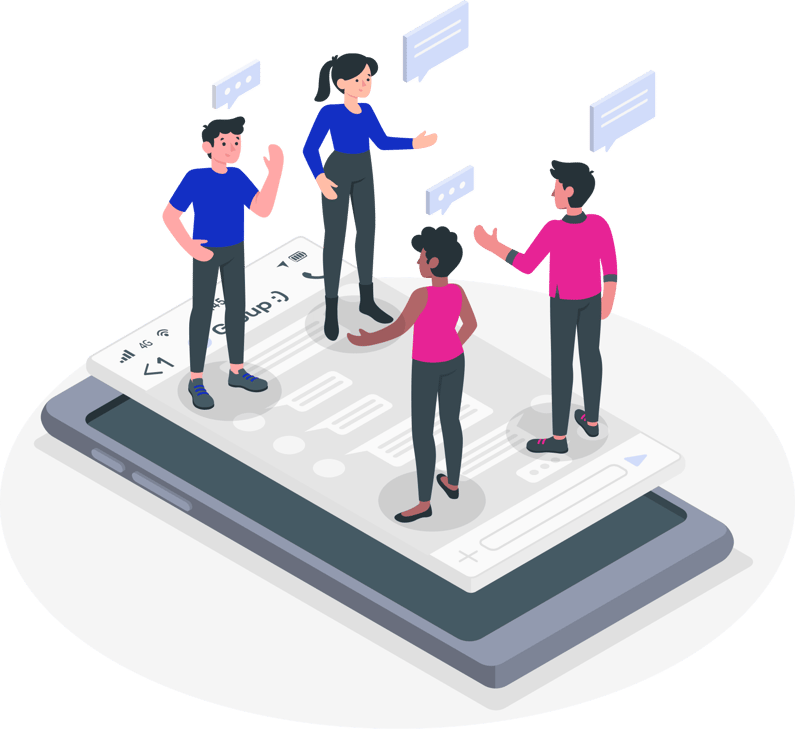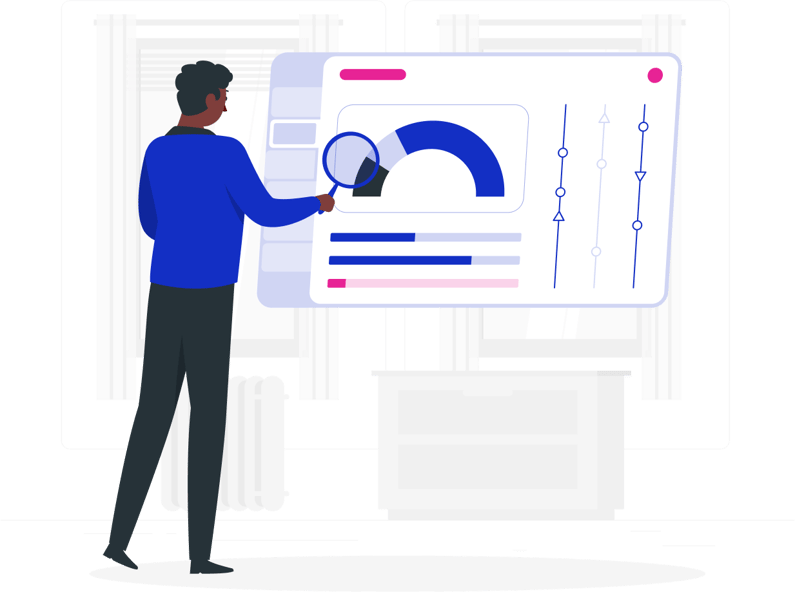
In B2B business, sales teams need more than just great sales skills to wrap up deals. To achieve effective results, sales reps need a clear and refined sales process, automation tools, and valuable content they can deliver to potential customers.
In this post, we will be addressing the third essential piece – content. Each rep needs strategies, resources, and tools to deliver valuable information to potential customers. These assets are called sales collateral.
The B2B scene is highly competitive and it’s not just about offering great solutions. If you want to catch buyers’ attention, they need to be engaged and informed throughout your sales process. Your sales collateral can be the key differentiator in making customers choose your business over your competition.
The relationship between marketing, sales, and collateral
Marketing and sales teams need to collaborate to get the best results, but this also creates issues with strategies, responsibilities, and which collateral should be used for customers.
Sales teams should use collateral that helps them close deals with customers while marketing teams should use those that can help them promote your company’s products/services.
Marketing collateral educates and attracts potential customers while sales help them make an informed buyer’s decision by dealing with the main pain points. At the same time, sales collateral is used later down the funnel when it’s time to convince potential buyers to choose the right solutions for their needs.
Collateral also has different formats. In marketing, email newsletters, social media posts, and blogs are the most used options. However, the collateral is narrower in sales, focusing on testimonials, brochures, technical documentation, etc..
Awareness (early) stage collateral for getting customer data
Each buyer’s journey has several stages including:
- Early (awareness) stage
- Consideration stage
- Intent stage
- Purchase stage
- Loyalty stage
All the stages need to be followed up with appropriate collateral to move customers down the sales funnel. However, even though you can use collateral in each stage for gathering customer data, the awareness stage is where you will likely get all the relevant data that you can use in later stages.
In the awareness stage, you want to present your brand and attract buyers. Your prospects will want to learn more about the industry and the products and services your company has to offer. Ideally, you should provide content that is easy to digest, shows your expertise and placement in the marketplace.
At the end of the awareness stage, you can ask for valuable customer data such as contact details, business names, buying needs, and so on.
Awareness stage sales collateral you should use

Around 40% of companies in the B2B market start talking to sales reps only after they’ve consumed 3 to 5 pieces of content. That’s why the early stage of sales and their collateral is very important. These sales collateral pieces start the whole buyer’s journey for your potential customers.
If the stage is completed successfully, your potential buyers will likely be willing to share important data that your business can use later to nurture these leads, which also includes providing accurate collateral down the funnel.
Here are the best sales collateral types to use during this stage:
E-books
Working with a dealer network doesn’t have to be challenging. If you take the essential steps below, you can help your salespeople shine, streamline all communications, and supercharge your sales.
Client testimonials
Positive client testimonials can bring your business closer to potential customers while letting previous customers do the talking for you.
Blogs
Sales reps can provide valuable blog posts to potential customers as they can give them all the relevant information they need in a concise way.
Landing pages
Landing pages are where your customers can click the call to action buttons. You can use them to get contact information or invite them to download another sales collateral. It’s a good opportunity for segmentation and learning how customers reached you.
Bringing all of your sales collateral together
Keeping track of your sales collateral can be hectic. First of all, you need to provide the right materials when your prospects are in the early stage. However, once they’ve moved to another stage of the sales funnel, you need to keep track of the content they’ve consumed and the data they provided.
On top of that, you need to have an overview of the whole process to engage customers during later stages. It can be very tricky, especially when working on multiple channels such as social media, email, video calls, etc.
That’s why you need to use a streamlined sales platform that will make it easier for your sales reps to access all collateral at any given moment, prepare sales presentations quickly, and provide the necessary customer data.
Take control over your sales collateral for better data input
Showell is a sales collateral management software that lets your business take full control over all its relevant content and improve management. It allows sales teams to have all sales collateral content at their fingertips, even offline.
It’s never been easier to present your content and give your prospects value in an instant rather than wasting their time on marketing pitches. Showell also brings sales and marketing on the same page and allows them to get valuable data about content use that will let them make informed decisions about nurturing prospects down the sales funnel.
Book a demo and see for yourself how Showell works its magic, or find out more about the what, who, why and how of sales content analytics →




